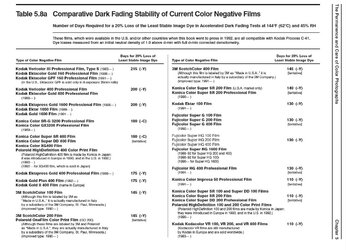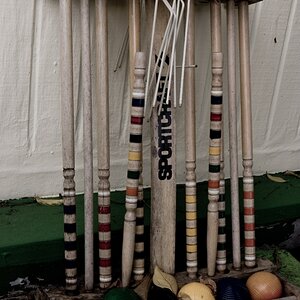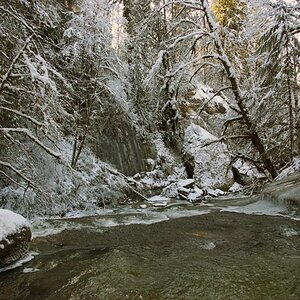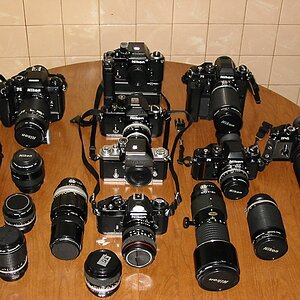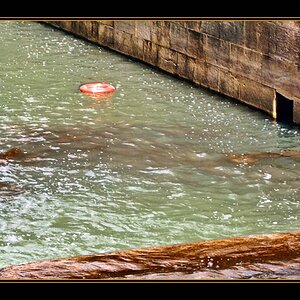AaronLLockhart
TPF Noob!
- Joined
- Jun 17, 2012
- Messages
- 889
- Reaction score
- 177
- Can others edit my Photos
- Photos NOT OK to edit
So I take my film to Walmart to have it processed (before everyone says awwww, don't do that... let me explain). I don't have them print photos, just process my negatives. Walmart doesn't develop in house, and since I don't develop my own negatives, nor do I have a room available to start, I take them to walmart because they send it to Fuji and fuji processes my negatives and sends them back (without cutting) in the original plastic container..
Now, I know that after the film has been processed, it can be exposed to light. However, does it matter if they are exposed to a lot of light? What can I do to preserve these negative rolls after processing to make them last longer? Do I even need to worry about it?
Now, I know that after the film has been processed, it can be exposed to light. However, does it matter if they are exposed to a lot of light? What can I do to preserve these negative rolls after processing to make them last longer? Do I even need to worry about it?


